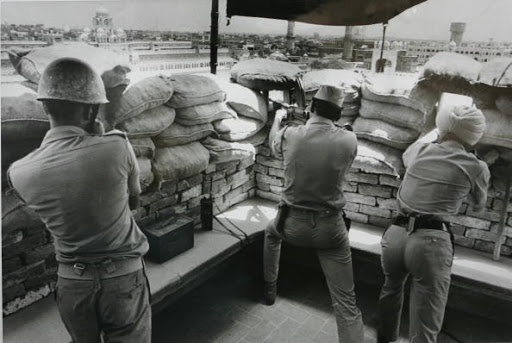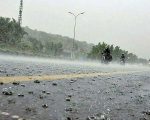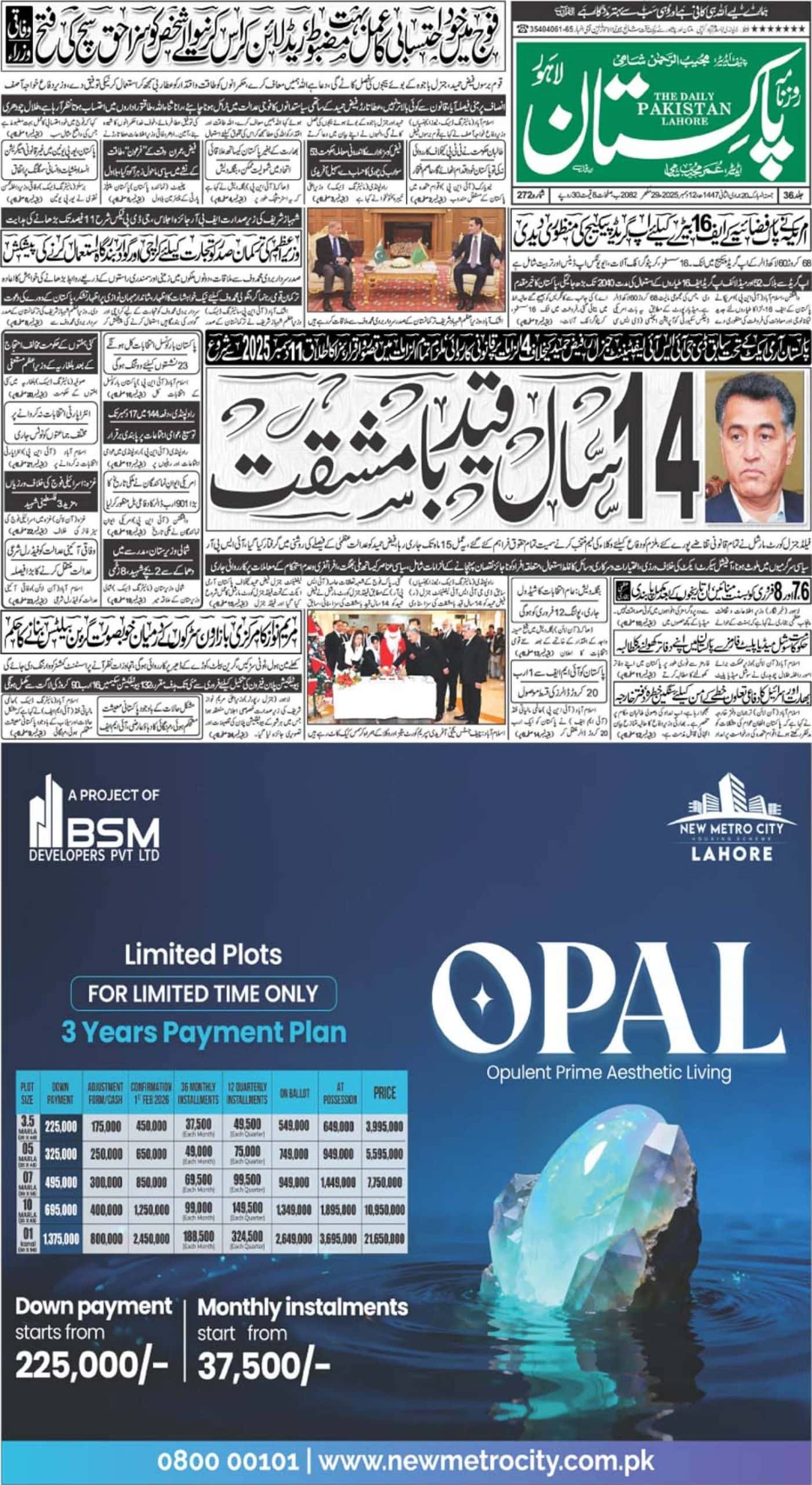Thirty-seven years ago on this day, June 6, 1984, Indian army troops fought their way into the besieged Golden Temple in Amritsar, the holiest shrine of Sikhism, and killed at least 500 Sikhs in a bloody climax to two years of fighting between the Indian government and Sikh freedom fighters.
In the ferocious gun and artillery battle, which was launched in the early morning hours of June 6, more than 100 Indian soldiers and scores of nonbelligerent Sikhs were killed. The Indian Army also attacked Sikhs besieged in three dozen other temples and religious shrines throughout the state of Punjab. The Indian government hailed the operation as a success and said it “broke the back” of the Sikh movement called Khalistan.
Also, the Sikh Reference Library was destroyed in Operation Bluestar at the Golden Temple. Confusion and ambiguities still prevail about the missing rare repository of manuscripts and other artifacts that were taken away by the army. Not only the Centre, the SGPC too has failed to come up with accurate details of the things that went missing and the ones returned by the Union government latter.
And now Punjab and Haryana High Court is hearing a petition filed last year by Satinder Singh against the SGPC after former library director Anurag Singh questioned integrity of the SGPC in preserving the rare repository.
As 37th anniversary of the Operation Bluestar of June 6, 1986 approaches, a heavy police force was deployed by the Indian government around the Golden Temple on June 4. Senior police officials held meetings to ensure that the event passes off peacefully.
Police authorities said that more than 1,000 cops had been deployed near the Golden Temple and a close watch was being kept on suspicious elements. Contingents of police forces from adjoining police districts, including Amritsar rural and Tarn Taran, were also summoned to maintain law and order in the city. Cops in civil dress were also deputed inside the shrine.
The Sikh religion, which was founded in the late 15th century by Guru Nanak, combines elements of Hinduism and Islam, the two major religions of India. The religion is centered on the Indian state of Punjab in northern India, where Sikhs comprise a majority and speak Punjabi.
In the 1970s, agricultural advances made Punjab one of India’s most prosperous states, and Sikh leaders began calling for greater autonomy from the central government. This movement was largely peaceful until 1982, when the Sikh fundamentalist Jarnail Singh Bhindranwale and his followers launched a separatist campaign in Punjab.
Sikhs to mark 37th anniversary of Golden Temple operation today
By Web Desk
6:58 pm | Jun 5, 2021

Related News
Advertisment
Latest
Met office forecasts rains in Pakistan from this weekend
Dec 12, 2025 | 2:07 pm
Punjab launches app for registration of births, marriages, divorces
Dec 12, 2025 | 12:58 pm
World Bank approves $400 million loan for Pakistan
Dec 12, 2025 | 12:19 pm
Hania Aamir wins Best Actress Award at Lux Style Awards 2025
Dec 12, 2025 | 11:52 am













